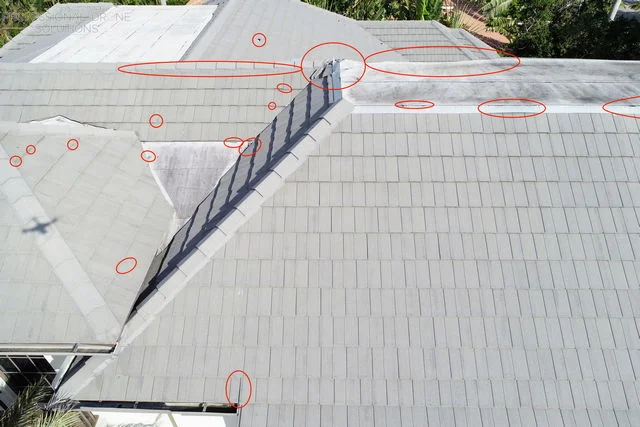Hurricane Ian Threatens Florida: What you need to know.
Tips for weathering Hurricane Ian as it effects Florida.
Hurricane Ian officially became a hurricane as of 8 am Monday, with winds sustaining 75mpg and gusting even higher than that! What can you do to prepare for the hurricane? Here’s Professional Drone Solutions’ tips.
1. Get your stuff inside
Obviously with 75 mph winds already sustaining themselves, and Ian projected to linger in the warm waters of the Gulf of Mexico as it grazes the side of Florida as a Category 4, bringing your outdoor furniture, grills, lawn ornaments, and even your cars inside is a good idea. Not only does it prevent damage to the items, but it prevents the items from becoming airborne hazards to other properties around you. No one wants a lawn chair launched through their window. Bring your stuff inside.
2. Document, document, document.
This second tip is a little less obvious. At Professional Drone Solutions, we carried out over 200 documentation and inspection flights within 2 weeks of Hurricane Irma. A common insurance argument was “thats how it always looked.”
Remember, the insurance industry is going to try to delay, deny, and defend their way out of paying any claim they can. Having some photos of the outside of your house, including (and especially) your roof. Detailed drone roof inspections and documentation after the storm can assist further in proving your case.

3. Get your items early
The next tip is also a bit obvious. Get your items early and get enough. From gasoline for cars and generators to bread and water, make sure you have enough to be as comfortable as possible in the days after the storm. Mayo Clinc recommends a gallon a day per adult as a good starting point. Don’t forget to fill bathtubs and vessels for water to flush toilets and as emergency reserve. Losing power in Florida means your home will be hotter and you will need more water to cool off, so make sure to stock up and/or consider a generator to cool the home.
4. If you plan on leaving the area, do so early.
If you are going to evacuate, the sooner you are able the better. Leaving at the last minute often leads to difficulty finding gas, heavy traffic on interstates, difficulty finding a place to stay, and additional stress. Planning early and leaving early can benefit everyone. If you are unsure if you should stay or go, there are many online resources to view evacuation plans. Get everything you can together including spare gasoline to mitigate stress and help your contingency plans go smoothly.
4. When to board up?
preparing for a hurricane is not a straight science. While there are clearly easy items to check off the list (such as gathering gas, bread, water, and photographs), decisions like when to board up are a bit more difficult. Firstly, if you have hurricane rated windows, Congrats! You are pretty much finished. Just make sure your doors and windows are shut and locked, as any opening can allow pressure inside the house and blow out windows, doors, and even roofs from the inside out. This includes your garage door. Also be extra vigilant to observe point 1, and get those items inside.
If you have a home with hurricane shutters that are bolt on or you need to use plywood, the decision is pretty tough. Why is it so difficult? While it may seem simple enough – just put the shutters up if you worry – the difficulties of securing windows and doors can make it very complicated. From plywood shortages, to having to install 120 individual metal panels, to the unpredictability of the hurricane’s track and severity can make boarding up a stressful task.
When a hurricane is going to directly impact your area, it is wise to board up at least 48 hours prior to the storm. Don’t risk it, if you think you may need to board up, do so. Keep in mind, a broken window and rain is not why every major building expert recommends boarding up. The high pressures associated with wind and atmospheric conditions can actually blow out windows and roofs from the inside of the home if the structure is compromised. Boarding up also protects from debris.
Our tip: When you are getting your bread and water grab some beers and have friends over to help. Adding 2-3 sets of hands to the task will speed it up.
ProDrones Stands with You
Professional Drone Solutions is on standby, ready to help the businesses and residents of Florida document conditions before and after Hurricane Ian. Our drone inspection services and our viewing software helps professionals document roofing conditions, high rise leaks, and provides peace of mind to owners knowing they can rely on accurate data when reporting to their insurance companies.



